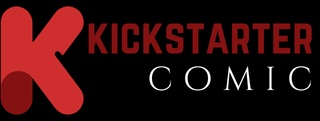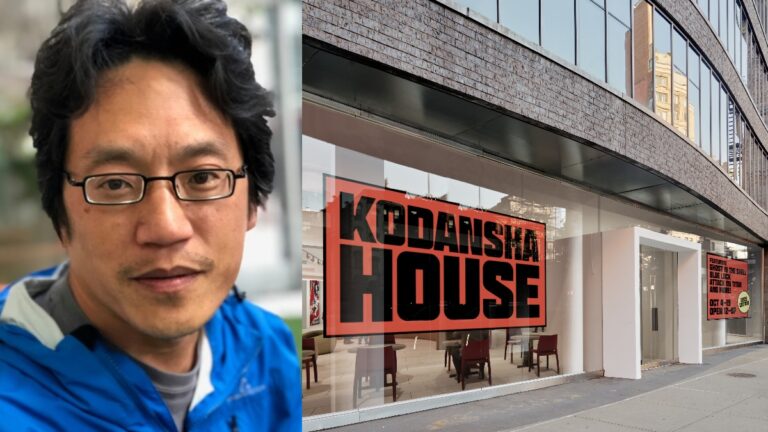Kodansha House, launched by Japan’s largest publisher, Kodansha, made its long-awaited return in October this year with a pop-up in the heart of New York City’s vibrant Soho district. Kondansha House is more than just a showroom, it’s a curated experience that celebrates manga, literature, art and design all under one stylish roof.
The initiative will be led by Kodansha CEO Alvin Lu, known for his “years of experience in the U.S. market” and who has overseen the company’s rapid evolution as international demand for Japanese content grows. In recent years, Kodansha House has represented a new phase in Kodansha’s growth, becoming more than just a retail or exhibition space, but a platform for dialogue, innovation and cultural presence.
In this interview, Lou talks about Kondasha House’s mission, how the project came to fruition, and why SoHo was the perfect location to fly Kodansha’s cultural flag.
This interview was conducted via email and has been lightly edited for clarity.
Ollie Kaplan: What is the mission and vision behind Kondasha House? What makes it unique?
Alvin Lu: Anyone who has had a chance to visit Kodansha House, or anyone who has seen a clip of it online, can see how it differs from the “big tent” convention. We love it just as much. It’s hard to put it into words, you have to see it for yourself, but we’ve put a lot of thought into Kodansha House as a curated experience that aligns with Kodansha’s identity as both a manga publisher and part of the broader Asian pop culture universe. We wanted to give something back to our big fans in the form of an experience, but it’s also a great way for people who want to know more about manga and anime to get in touch with it firsthand and have their stories brought to life.
Provided by: Kodansha
Kaplan: Why Soho? What needs do you see being met in the neighborhood and creative community?
LU: We considered a variety of areas, including the suburbs of Manhattan, but settled on a central location where people could pop in and use it as a hangout or meeting place before moving on. I thought the location team did a great job by identifying this year’s address as 210 Lafayette. Lower Manhattan is vibrant and full of magic, but I never thought there would be a place where I could just hang out with friends, read comics, play video games, and drink matcha. This is a place where you can immerse yourself in manga culture and relax without the pressure of time or money you might expect to spend there.
Kaplan: Did Megan Thee Stallion visit Kondasha House recently? Can you tell us more about that visit? Are there any exciting collaborations with her as a creator?
LU: It’s really all on her reel. I think she came as a pure manga fan. I was impressed by the rather deep-cut book she had pulled from the library shelf.
Kaplan: So you started holding events this fall. How has the fan reaction been so far? Is that the fan reaction you were expecting?
LU: This year’s event was bigger than last year in every metric: size, traffic, social coverage, retail. I think people are really discovering Kodansha House and finding ways to use it to suit their needs, whether it’s the space itself or the programming as a place to gather and try new things.
Kaplan: What were the biggest challenges and rewards in bringing Kodansha House to life in Soho?
LU: I think the ambition to bring this to downtown Manhattan was the boldest challenge. We could have done something less culturally saturated or more flexible in terms of space, but I think it was really worth it given the crowd we’re seeing and how it resonates with the fans here and how happy they are to just hang out here, or the lucky few who get to meet their favorite comic artists in person.
Provided by: Kodansha
Kaplan: What is the Kodansha Mochikomi Fresh Ink Program?
LU: A new dimension of Kodansha House has begun this year! This year, several Kodansha editors visited Kodansha House and had the opportunity to meet one-on-one with famous and up-and-coming manga artists to discuss their work. Submissions were processed online in August and early September. There were two sets of Q&A panels, with some very passionate and serious discussions about how artists work with editors at publishers like Kodansha. I think everyone there (including me) had a very privileged look at how this unique industry works.
Kaplan: Can we expect to see more pop-ups like this in the future?
Lou: Yes!
Something like this:
Like loading…


